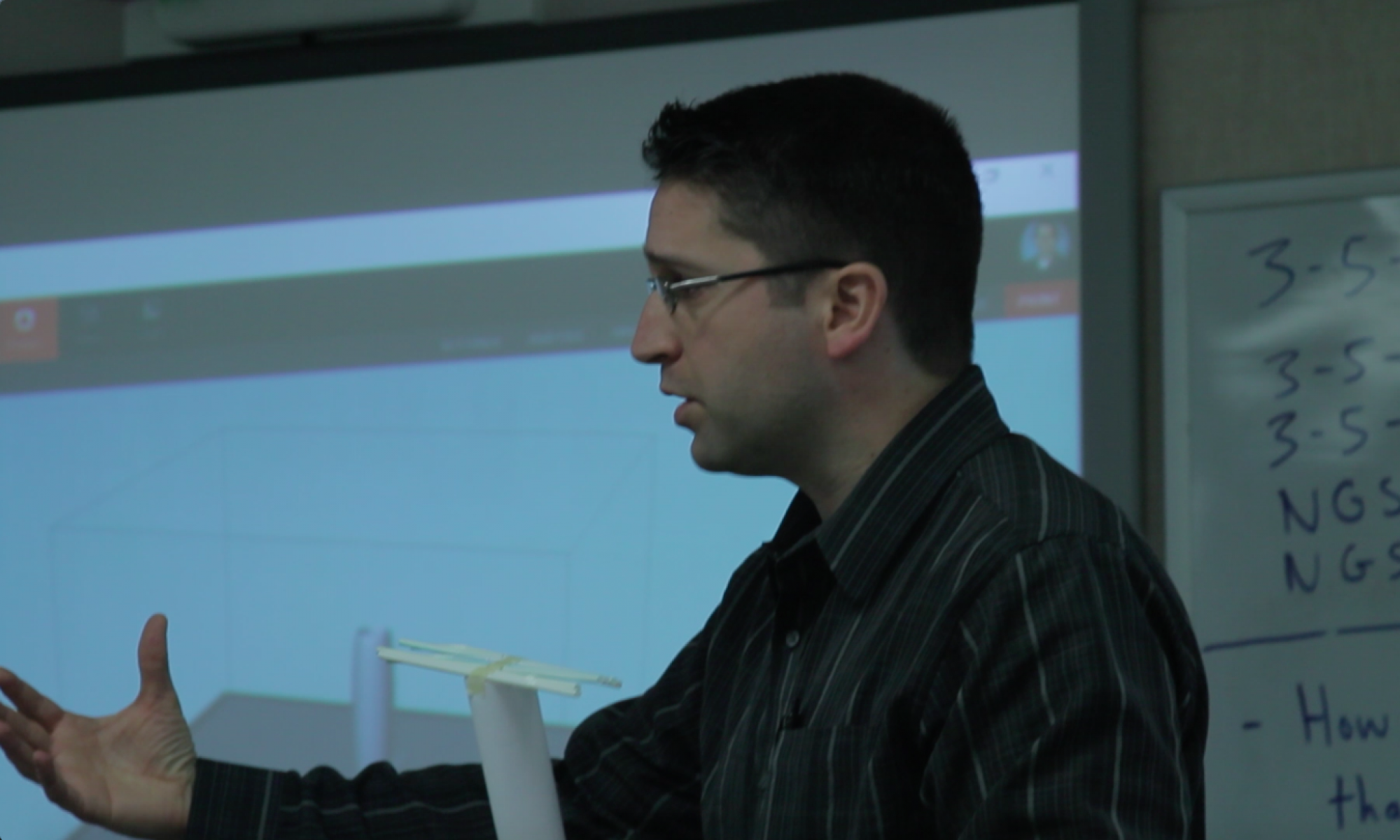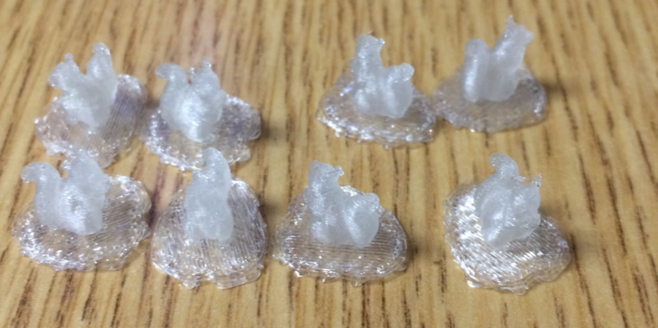
Guiding Questions
Recently, I was asked to ponder the following questions:
- What is an example of professional development that has worked for you?
- What is an example of professional development that has not worked for you?
- What does research say about planning professional learning?
The first two questions are relatively easy to answer as they bring to mind all sorts of examples as I’ve experience a lot of professional learning over my 20-year career in education. Reflecting on what the research says about planning professional learning requires some more thought, reflection, reading, and research. There’s a lot written about professional learning and sorting through any of it takes time. All three are guiding questions are applicable to the following essential question and relevant ISTE Coaching Standard:
- How should we plan professional development that utilizes educational technology?
ISTE Coaching Standard 5
Professional Learning Facilitator: Coaches plan, provide and evaluate the impact of professional learning for educators and leaders to use technology to advance teaching and learning.
Good Professional Learning
The vast majority of what makes professional learning high quality applies to trainings whether they are focused on educational technology or not. In fact, focusing in on cutting edge, advanced, or complicated technology as part of a professional learning example often distracts from the more general topic of good professional learning. Since good professional learning is good professional learning whether technology focused or not, the guiding questions really kept bringing me back to particular low-tech professional learning experience that I had. It was one of the best that I led as an instructional coach because of some very unique circumstances, and I think the lessons that I learned apply to all professional learning whether low tech, high tech, or even no tech.
Professional Learning Literature
I read several different articles published by Edsurge and Edutopia while pondering questions I was given to consider. There were several things in common across what I read in terms of how best to improve professional learning opportunities for teachers. A major theme was making sure that training is relevant whether by surveying in advance, careful observation, addressing known needs, and/or personalizing training. Another theme was providing teachers with choice, which could be general choice of learning topics or differentiation within a specific topic. Surveying teachers in advance can help in both cases. These things can help ensure that training is engaging and even interactive which was another theme. Finally, being respectful of teachers’ time also reflects in all the themes as well as treating teachers like professionals and having the professional learning presented by someone who understands their experiences. Even the advice mentioned only once across the four articles seemed like sound options to keep in mind: sustained over time, utilize protocols, include extension activities, acknowledge teachers’ well-being, and be transparent. Additionally, all of this advice seems to apply equally well to regular teacher professional learning as well as technology-specific professional learning.
A Nutty Example with Some Squirrelly Activities
As mentioned earlier, low-tech professional learning approaches can teach us a lot about professional learning focused on educational technology. One example that stands out in my mind given the original guiding questions, is a low-tech STEM training that was arguably the most successful professional learning that I led as an instructional coach. While there was definitely room for improvement, the experienced utilized a significant number of the professional learning recommendations already listed. The training itself was one that I was asked to recreate a number of times for different audiences, and the lessons that I learned from leading this training are ones that I applied later across a variety of technology-intensive trainings. Essentially, the training was an introduction to the engineering design process from Next Generation Science Standards utilizing a limited number of common items as the “technology” in a design challenge designed to work in tandem with a picture book called “Those Darn Squirrels”. There are a lot of different ways to outline the details of the training. I think the most helpful might be using the five professional learning recommendations from “5 Things Teachers Want from PD, and How Coaching and Collaboration Can Deliver Them—If Implementation Improves” by Karen Johnson.
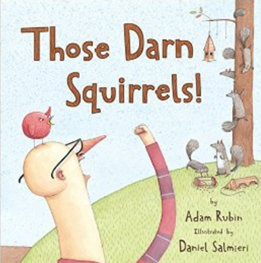
Relevant: Each teacher received a copy of the book “Those Darn Squirrels” by Adam Rubin. I devised a lesson series that would take advantage of the “Those Darn Squirrels” book that each staff member received. The premise was a vehicle for introducing the new NGSS engineering standards.

Interactive: After introducing the standards and reading the book, teachers took the role of the squirrels and had to use a Ziploc bag full of everyday objects to design a squirrel launcher to help the squirrels. The constraints were that they could only use the materials in the bag and they only had so much time. The success criteria focused simply on the distance launched. I’ve rarely seen staff get so into an activity before. They designed feverishly and were very competitive while thoroughly enjoying themselves.
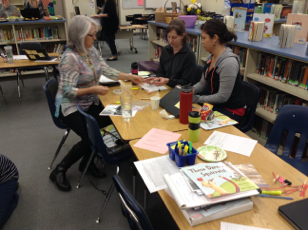
Delivered by Someone Who Understands Their Experience: I had recently transition out of the classroom into the role of instructional coach. I was excited because I was going to run my first Next Generation Science Standards (NGSS) professional development (PD) training for the building and I wanted to have a “door prize” for the staff since it was an optional workshop day. My colleagues saw me as one of them and knew that I was familiar with the overall context of the myriad of challenges that they faced.
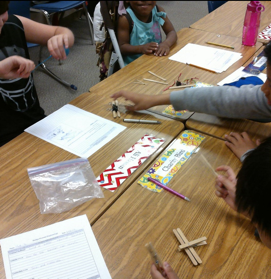
Sustained Over Time: The follow-up involved taking this mini-lesson with the staff and mirroring it through a series of lessons in each classroom 3rd-6thgrade at my school. The result was one of the most successful lesson series that I’ve ever taught because teachers had already experienced the professional learning side of things and were able to apply their learning in the classroom by co-teaching alongside their instructor (me).
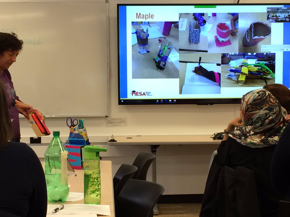
Treats Teachers Like Professionals: This one was extremely important to me then as I’d recently exited the classroom. This is still as if not more important to me now. I strongly believe that one of the biggest issues facing education in our country is that teachers are not given credit for the level of professionalism required on the job and the amount of respect they deserve for what is an incredibly hard, stressful, and challenging profession.
Final Thought
Again, all of the professional learning approaches applied in this low-tech setting are every bit as relevant, and perhaps even more so, to a high-tech focused training. Good teaching is good teaching is good teaching. The same goes for professional learning, and it’s important that we keep that in mind for our teachers and ourselves.
References
- International Society for Technology in Education. (2019). ISTE Standards For Coaches. ISTE. Retrieved from https://www.iste.org/standards/for-coaches
- The Next Generation Science Standards for States by States. (2013). Home Page. Next Generation Science Standards. Retrieved from https://www.nextgenscience.org/
- Johnson, K. (2016, June 28). 5 Things Teachers Want from PD, and How Coaching and Collaboration Can Deliver Them—If Implementation Improves. EdSurge. Retrieved from https://www.edsurge.com/news/2016-06-28-5-things-teachers-want-from-pd-and-how-coaching-and-collaboration-can-deliver-them-if-implementation-improves
- Bill & Melinda Gates Foundation. (2014, December). Teachers Know Best: Teachers’ Views on Professional Development. Bill & Melinda Gates Foundation. Retrieved from http://k12education.gatesfoundation.org/download/?Num=2336&filename=Gates-PDMarketResearch-Dec5.pdf
- Lewis, V. (2015, October 25). Why Most Professional Development Stinks—and How You Can Make It Better. Edsurge. Retrieved from https://www.edsurge.com/news/2015-10-25-why-most-professional-development-stinks-and-how-you-can-make-it-better
- Wolpert-Gawron, H. (2018, October 30). The Importance of Choice in PD. Edutopia. Retrieved from https://www.edutopia.org/article/importance-choice-pd
- Mancinelli, D. (2020, September 16). 6 Things to Consider When Planning Professional Development. Edutopia. Retrieved from https://www.edutopia.org/article/6-things-consider-when-planning-professional-development
